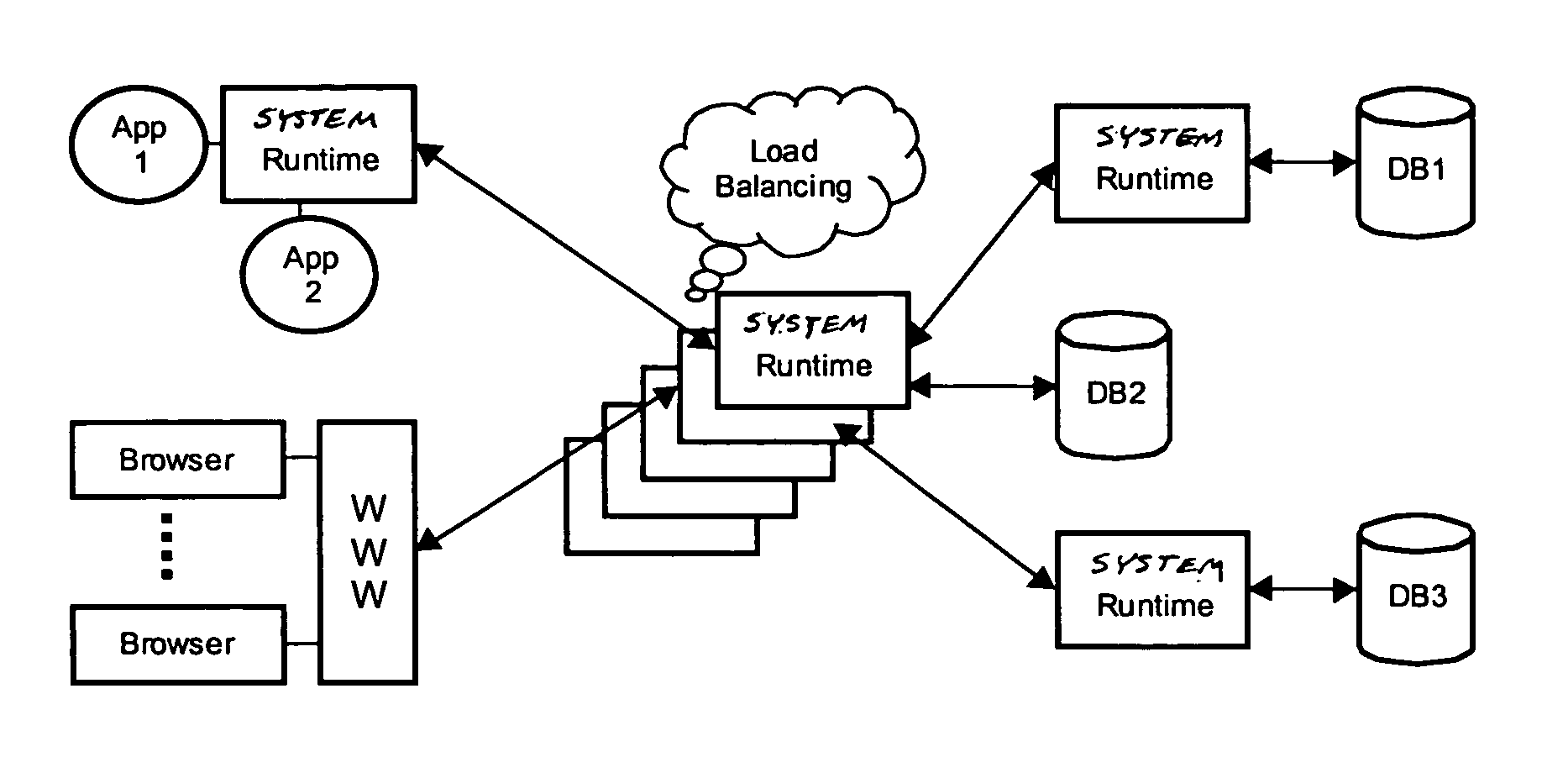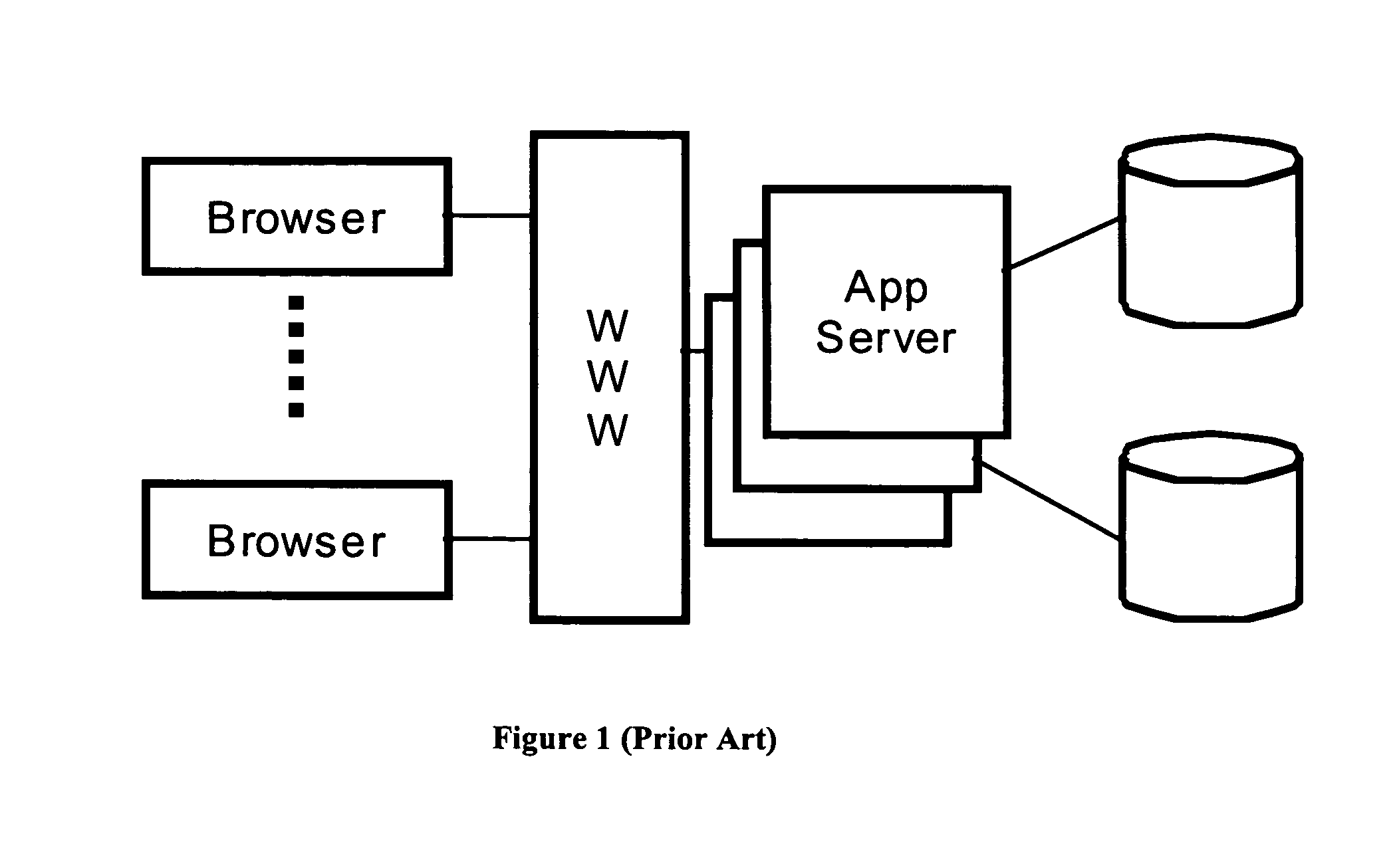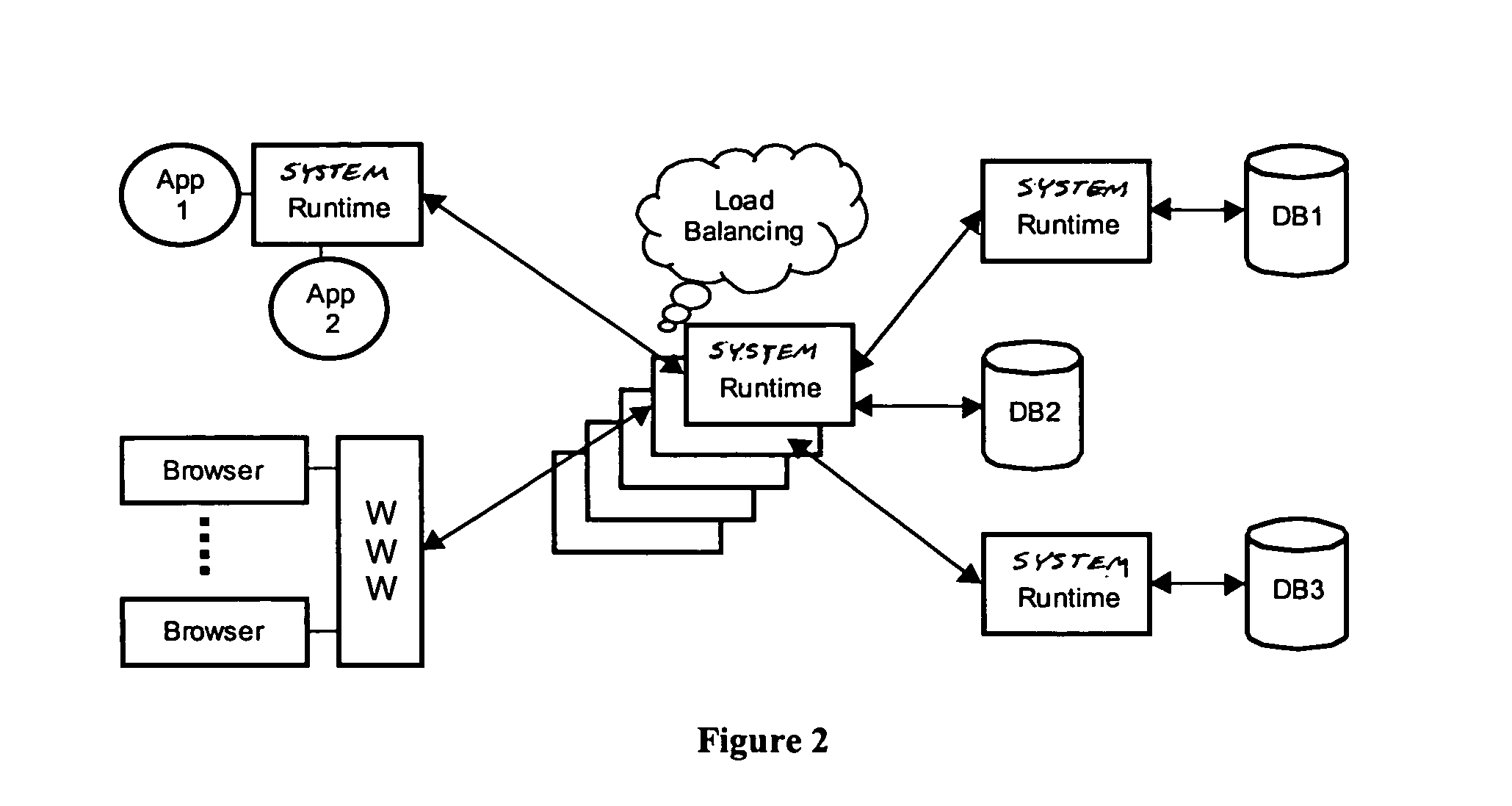However, the current state of the art imposes some practical problems.
No existing service meets all of the requirements of modern distributed applications.
The different services are rarely integrated, which means that a program that needs some combination of services has to do a lot of work to combine them.
In practice, it is very difficult to do this, without introducing subtle errors that undermine the integrity of the data.
In addition, the closed nature of many of these services often make it impractical for a developer to combine them.
However, COM does not support the use of MSMQ for communication, to permit asynchronous invocation of services.
Such systems are fundamentally flawed in that they maintain the state of the objects on the server.
But this can be very inefficient: to retrieve a complete picture of an object's state, the client program would have to make a large number of requests.
Modern network systems and
database management systems are not designed to
handle large numbers of small requests very efficiently: the overhead and latency of both networks and databases would make this very costly.
While the technique certainly works, it is not a clean or easily maintained
programming model.
In addition, after the client-side state has been modified but not yet written back to the server, we have two inconsistent versions of the state, and
processing logic would get different results depending on which version it accesses.
Such systems have a serious limitation in that they retrieve the objects to the client, but they cannot then invoke methods of the object on the server.
Invoking methods of an object on the server would raise a difficulty for such systems once the object's state has been shipped to the client, that's where the object is maintained, its state may be modified on the client, and executing methods on the server may not be meaningful.
It should be noted that this problem also occurs with ordinary relational (
SQL) databases, which commonly provide support for executing stored procedures.
Of course, if the information is changed on the server, the cache may become stale.
In other cases, this is not acceptable, either because the information is more dynamic or because the application is more important.
Such systems, however, cannot
handle a situation when the connection has been lost.
If the
database server is not accessible at
Commit time, changes cannot be written through and are lost.
Similarly, any changes that occur in the
database while the systems are disconnected would be lost, since no notifications can be sent to the client.
While an application can certainly respond to a failure exception by going into a pending state, waiting for the reestablishment of the connection so the
commit operation can be completed, this is an unattractive solution for several reasons.
First, it places the burden of handling such problems on the application developer.
Correct handling of such outages is difficult, and it is unlikely that all application developers would have the skill or the budget to
handle it correctly.
Second, the application is essentially stopped during this wait; with an uncompleted transaction pending, no other database operations can be done because they would become part of the same transaction, which violates the
semantics of the application.
Further, if the application is
shut down, intentionally or unintentionally, the pending state of the application is lost, and all the changes are likewise lost.
There may be unplanned outages: network links may go down temporarily due to hardware or
software failures, congestion or radio link interference.
Such unplanned outages are more common today than in the past, because more systems operate in widely distributed configurations, communicating over unreliable dial-up or
wireless links.
It might appear that the issue of
data integrity would be moot if applications used conventional, pessimistic
concurrency control, by locking objects in the database.
First, pessimistic
concurrency control is not practical in a far-flung distributed environment, certainly not in one with intermittent connection.
An organization cannot permit traveling salesmen to hold locks on objects in a database in headquarters-that would for example, prevent headquarters from changing prices.
In some cases, with long-running methods, the connection may have been broken by the time the method is completed, and hence the event notifications need to be queued in a store-and-forward
system.
Such systems have at least one potential problem: a
persistent object may have a dangling reference, a pointer to an object that was never saved and therefore does not exist when an application tries to recreate the
object structure.
However, such systems implement such persistence through
reachability only within a single database.
More complex application systems that accommodate objects from several databases, and that support relationships among objects in separate databases, do not provide automatic management of persistence.
The possibility for double retrieval creates the possibility for an insidious program error, known as the lost update.
It should be noted that
transaction management or
concurrency control does not solve this problem, since the error occurs even when all these operations occur within the same transaction context.
Concurrency control prevents separate programs from interfering, but it does not eliminate the possibility of errors in
programming logic.
It could be argued that this is a straightforward error and one that the
programmer should have tested for, noticing that the two original read operations indeed referred to the same object.
This may be hard to do, however, because the object retrieval may be very indirect.
Due to the complexity of the lost update problem, no existing database systems provide a solution.
While the potential problem occurs in all databases, indeed in all persistent stores, it appears more disturbing with an object database with a close language binding.
Because such an object database appears to be at a higher level, because it presents the objects of the database as a vast ocean of objects in which the application can seamlessly navigate, errors such as lost updates due to object proxy duplication are more irritating.
Two-
phase locking is less suitable for modern web-based applications that are characterized by longer transactions, lower transaction rates, and
middle tier data caching.
A long running transaction holding a lock on a popular database resource, e.g. the number of books in stock, could prevent all other transactions from running, thus paralyzing the entire
web site.
This situation was in conflict with the trend towards information portals and transparent
data access that emerged as a result of the increased use of
the internet.
At the same time, it is not optimal for applications with a mixture of both “thin” and “fat” clients.
In such a setting, a “fat” client would need to access data residing in the cache of a remote
application server, not much of an improvement compared to the traditional client / server architecture.
 Login to View More
Login to View More  Login to View More
Login to View More 


